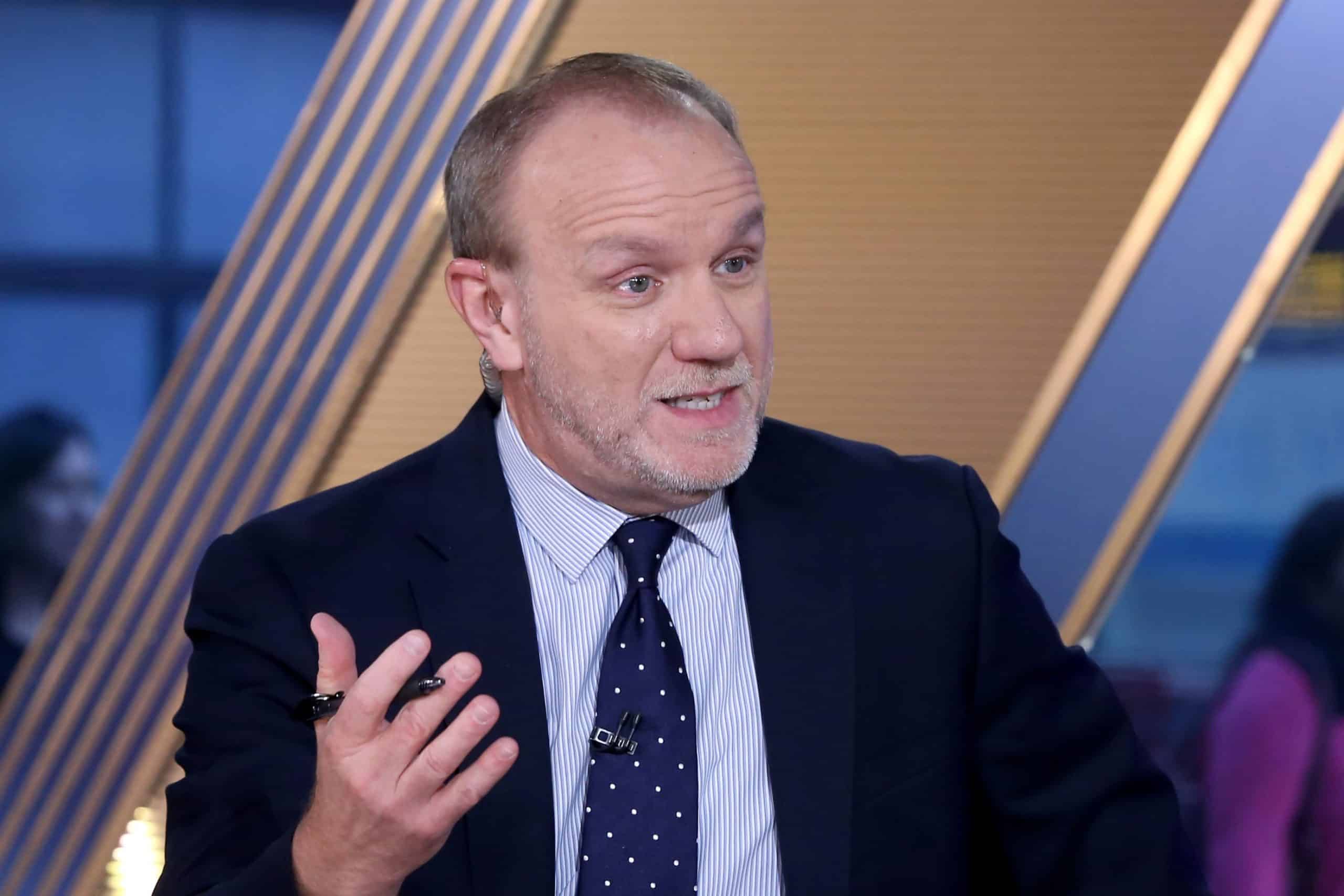Stocks may see a super-sized comeback deep into next year.
The Leuthold Group’s Jim Paulsen sees the depression-like collapse setting the stage for a wartime-type boom.
“It forced companies to just knee-jerk react — to cut everything they could to try to survive this pandemic,” the firm’s chief investment strategist told CNBC’s “Trading Nation” on Wednesday. “What that has done is put them in a unique position with incredible profit leverage because they whittled down costs so low and increased efficiencies.”
That translates into tremendous earnings growth potential, according to Paulsen. He believes it’s a byproduct being radically underestimated by Wall Street.
“A lot of that boom will fall to the bottom line in a bigger way than people currently expect,” said Paulsen. “We could have a big profit recovery.”
His timeline is based on economic growth projections into next year. For example, Moody’s Analytics’ latest survey finds economists are predicting GDP growth, on average, will surge almost 20% this quarter, followed by 9.6% in the fourth quarter and 7.7% in 2021′s first quarter.
“That would be one of the strongest growth periods we’ve ever experienced, and it would come after the biggest collapse we’ve ever experienced,” he noted.
Paulsen predicts the impact will benefit the entire stock market with economically sensitive stocks leading the way. He particularly likes industrials, materials, financials and small caps.
“I don’t know how high this thing can go,” said Paulsen, who expects an effective coronavirus vaccine will become widely available and help the U.S. permanently reopen.
Despite his raging bull case, Paulsen acknowledges there are risk factors — namely another virus surge or a new, more lethal strain. But it’s far from his base case.
“I do like that there’s so many worried about that,” Paulsen said. “There are a ton of portfolios ‘waiting for a pullback,’ and if that doesn’t happen, there’s $5 trillion of money market funds that could find their way back into the market next year.”
On Wednesday, the S&P 500 closed two-tenths of a percent from its all-time close.

